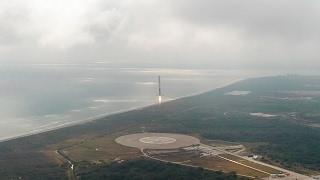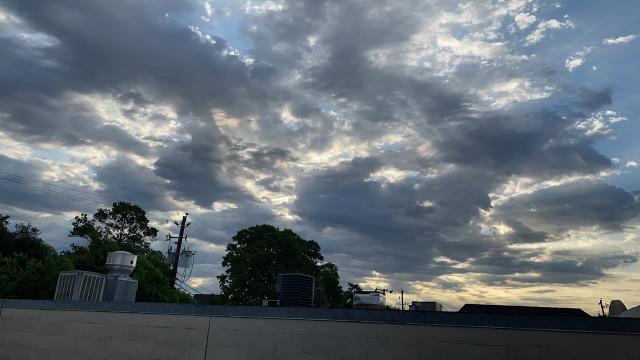Outer Space & Universe
Outer Space & Universe
Space, also known as outer space, is the near-vacuum between celestial bodies. It is where everything (all of the planets, stars, galaxies and other objects) is found.
On Earth, space begins at the Kármán line (100 km above sea level). This is where Earth's atmosphere is said to stop and outer space begins. This is not a firm boundary but is a convention used by scientists and diplomats.
Items in space are free to move back and forth; up and down; and left and right. These three dimensions are what make 3D space. Items also move forward through time, which is sometimes called the fourth dimension.
The majority of space contains very little matter and so most of it is a vacuum. Scientists do not know how big space is but we do know that space is extremely big, and is always expanding.
According to the big bang theory, all matter and energy in the Universe was compressed into a very small space. Then it exploded and started expanding. Space is still growing in size today; this means the distance from one galaxy to distant galaxies is getting longer.
Gravity is the force that keeps the Moon in orbit around the Earth and the planets in orbit around the Sun. Gravity can stretch and bend space similar to how a heavy ball placed on a stretched sheet of rubber will cause the rubber to stretch. The scientist who discovered that space can bend is named Albert Einstein. How gravity bends space is part of his theory of general relativity.
Astronauts, Cosmonauts, Taikonauts and Spationauts
An astronaut is any person who is trained by NASA to travel and perform tasks in space. Although the space traveler may not necessarily be a United States citizen, each astronaut does go through a rigorous training regiment by the National Aeronautics and Space Administration. Other space travelers go by other names then astronaut depending on their country of origin.
In the United States, astronaut is derived from the Greek words ástron (star) and nautis (sailor). While, in Russia, a space traveler goes by the name космонавт (English: cosmonaut), which is derived from the Greek words kosmos (universe) and nautis (sailor). Westerners call a space traveler from China a taikonaut, based on the 1998 writings of Chiew Lee Yik and Chen Lan where the term tàikōng (great emptiness), Chinese for “space”. In China, the term yuháng yuán (universe navigator) is used for space traveler.
Only the United States of America (United States), Russia (earlier, the Union of Soviet Socialist Republics), and the People’s Republic of China (China) have sent manned spacecraft into space. Other countries have assisted these countries by sending their own space travelers on space missions. For instance, a French space traveler is called a spationaut (from the French word spationaute), which is derived from the Latin spatium (space) and Greek nautis (sailor). (plural in Greek nautes = sailors)
-
01:06
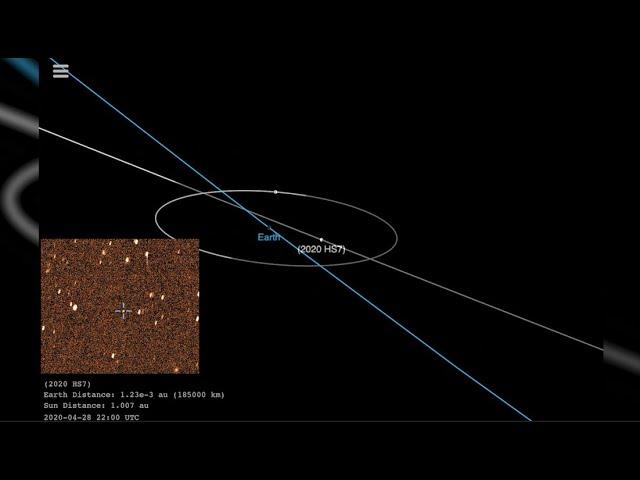
Asteroid 2020 HS7's flyby ranks in top 50 closest ever recorded
Added 451 Views / 0 LikesAsteroid 2020 HS7 flew about 26,560 miles (42,745 km) from Earth on April 28, 2020, which "ranks among the 50 closest ever recorded," according to the European Space Agency.Credit: Space.com / orbit animation: NASA/JPL-Caltech / observation: ESA / Tautenb
-
02:03
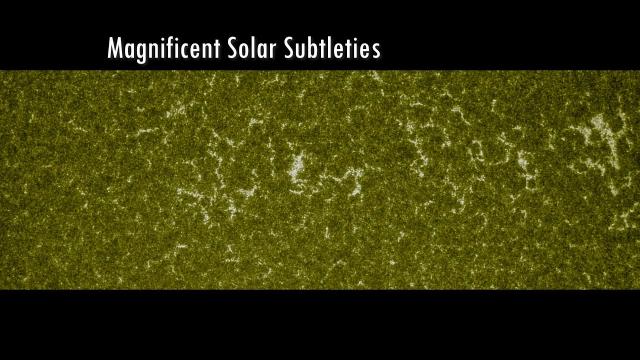
Earth is Smoking just like a Dragon & the Action is Heating up.
Added 415 Views / 0 LikesIt seems like the less the Sun acts like it is in a starwater spewing grand solar minimum, the more my computer problems increase with hackers. s0 tay gsm the Microphones on my computer stopped working 2 days ago. This is something I made a few days ago e
-
01:01
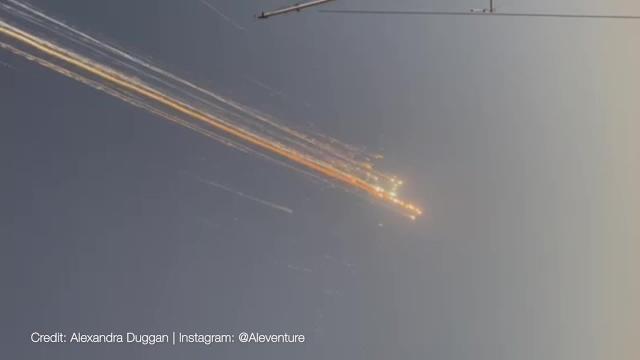
Debris from SpaceX Starship explosion streaks over Turks and Caicos
Added 55 Views / 0 LikesAlexandra Duggan captured SpaceX Starship debris streaking over Turks and Caicos shortly after it exploded on Jan. 16, 2025. Footage courtesy: Alexandra Duggan | Instagram: @aleventure (https://www.instagram.com/aleventure/)Music: "Revenge Me" by Bonnie G
-
18:23
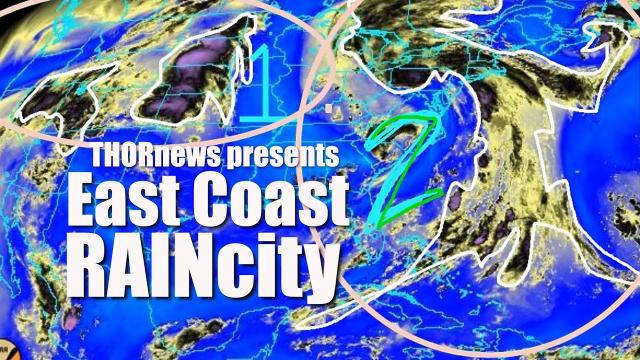
This storm is the START of 2+ weeks of Rain for East Coast.
Added 544 Views / 0 LikesGrab your cute rubber boots cuz you gonna slosh. God bless everyone,Thttps://www.paypal.me/THORnewsTshirtshttps://hitthebuttonbaby.com/THORNEWS PO BOX 35946HOUSTON TEXAS77235-5946Henry Margusity's bloghttps://weathermadness.com/2018/07/20/daily-video-bad-
-
05:15
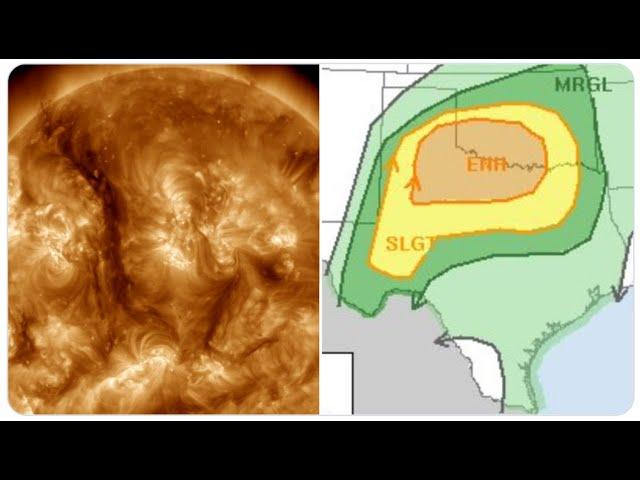
Orange Alert! Big Texas & Oklahoma storm! Extratropical Hurricane Nor'easter Watch! Florida smoke!
Added 163 Views / 0 LikesYo.God bless everyone,Thttps://www.paypal.me/THORnewshttps://venmo.com/TEric-Lewison$THORnews on CashApphttps://www.patreon.com/thornews
-
06:26
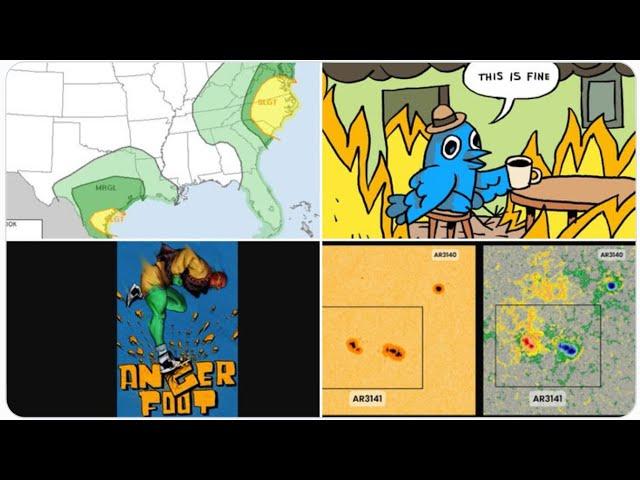
Red Alert! Severe Weather possible today for Texas North & South Carolina & Virginia!
Added 177 Views / 0 LikesWARNING: THIS VIDEO MIGHT BE A LITTLE OFFENSIVE TO YOUR SENSITIVE SENSABILITIES. and you are great.God bless everyone,Thttps://www.paypal.me/THORnewshttps://venmo.com/TEric-Lewison$THORnews on CashApphttps://www.patreon.com/thornews
-
04:37

NASA 360 Presents - Centennial Challenges
Added 893 Views / 0 LikesNASA 360 Presents - Centennial Challenges
-
12:05
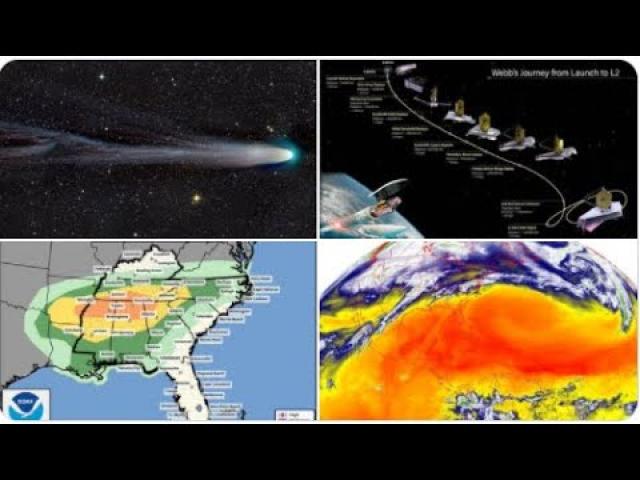
Wild & Weird Energy: Phantom Indiana EQ? Nasty Storm hits Israel! Week of Spring Severe WX for USA!
Added 246 Views / 0 LikesThe energy is out there.Can you feel it?God bless everyone,T LEWISON5430 BIRDWOOD RD. #416HOUSTON TEXAS 77096https://www.paypal.me/THORnewshttps://venmo.com/TEric-Lewison$THORnews on CashApphttps://www.patreon.com/thornews
-
01:59
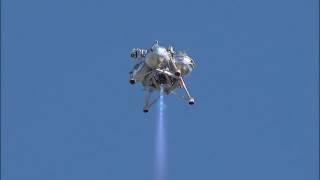
Morpheus Lander Flies Again on 'Green' Fuel | Video
Added 755 Views / 0 LikesNASA’s prototype planet-lander ascended to 800 ft and moved forward 1300 ft on Apr. 2, 2014. The vehicle is fueled by methane and oxygen. Project Morpheus has moved well past its 2012 crash landing (see it h
-
02:43
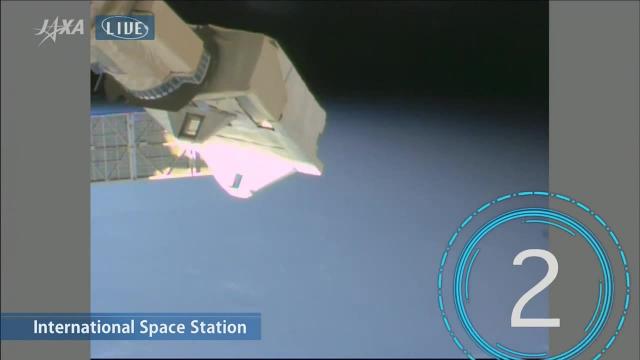
Watch Cubesats Deployed from Space Station
Added 436 Views / 0 LikesThe BIRDS-3 and SpooQy-1 cubesats were ejected from the Japanese Small Satellite Orbital Deployer aboard the International Space Station's Japanese Kibo module on June 17, 2019. More about BIRDS-3: https://www.space.com/34-image-day.htmlCredit: JAXA
-
09:25
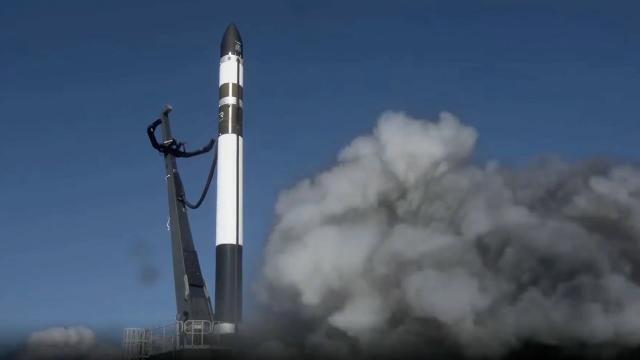
Blastoff! Rocket Lab launches 5 'Internet of Things' satellites from New Zealand
Added 48 Views / 0 LikesA Rocket Lab Electron rocket launched 5 Kinéis 'Internet of Things' satellites from New Zealand on Feb. 8. 2025. at 3:43 p.m. EST (2043 GMT; 9:43 a.m. Feb. 9 local New Zealand time).Credit: Rocket Lab
-
02:27
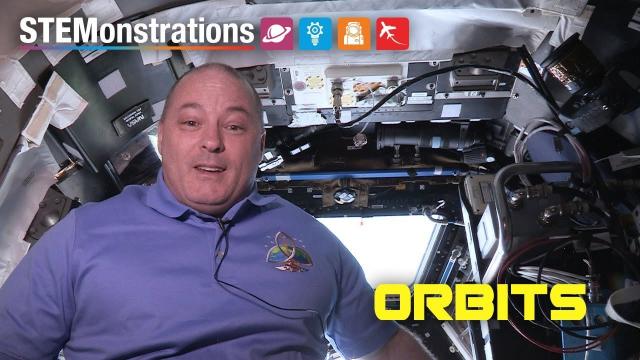
STEMonstrations: Orbits
Added 522 Views / 0 LikesWatch NASA astronaut Scott Tingle demonstrate the orbit of spacecraft such as the International Space Station! Can you solve for the distance the station travels in one orbit around the planet? Be sure to check out https://www.nasa.gov/stemonstrations for
-
03:47
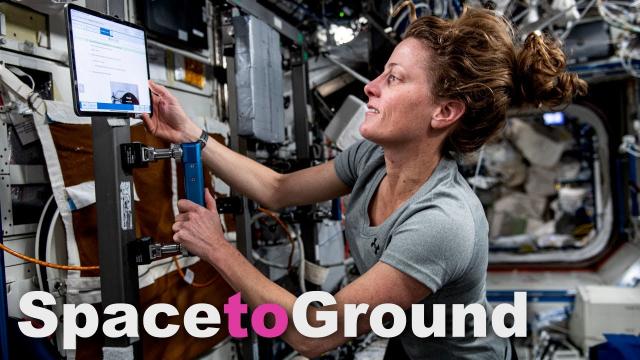
Space to Ground: Resetting the Schedule: Oct. 13, 2023
Added 141 Views / 0 LikesNASA's Space to Ground is your weekly update on what's happening aboard the International Space Station. Got a question or comment? Use #AskNASA to talk to us.Learn more about the important research being operated on Station:https://www.nasa.gov/iss-scien
-
02:18
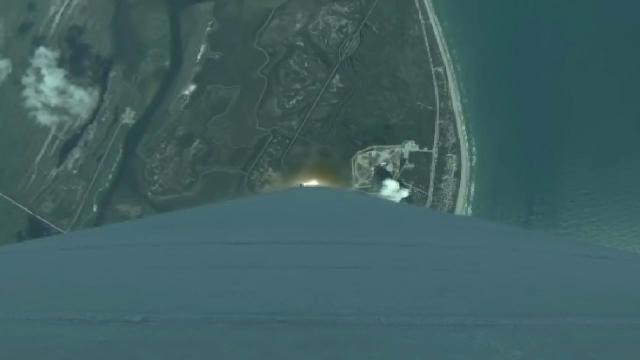
Blastoff! Orbital ATK Cygnus Launches To Space Station | Video
Added 690 Views / 0 LikesBlastoff! Orbital ATK Cygnus Launches To Space Station | Video
-
02:35
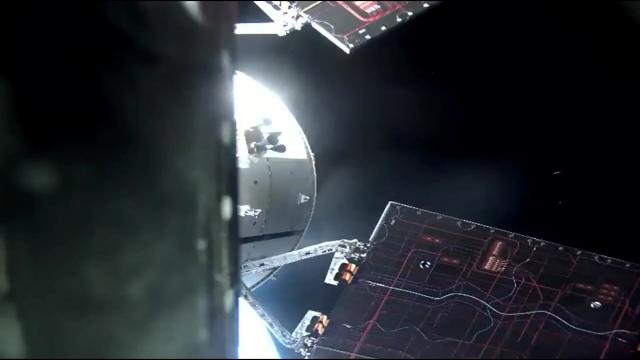
See NASA's Artemis 1 in space! Solar arrays, Earth views and more
Added 215 Views / 0 LikesNASA launched the Artemis 1 mission on Nov. 16, 2022. See views from "cameras placed at the end of the 7-m long wings" in orbit shortly after launch, according to ESA. Full Story: https://www.space.com/nasa-artemis-1-moon-mission-launchCredit: NASA
-
07:49
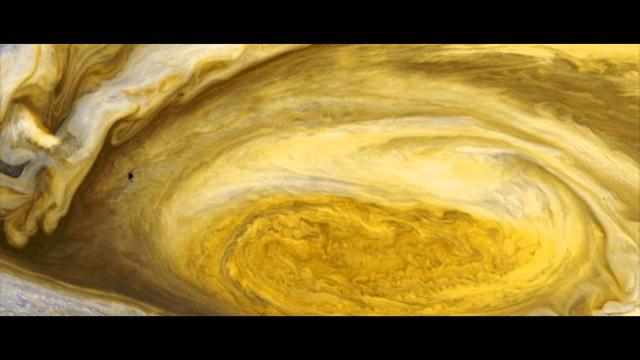
"Voyagers" - A CineSpace 2015 Film
Added 777 Views / 0 Likes"Voyagers" - A CineSpace 2015 Film
-
02:59
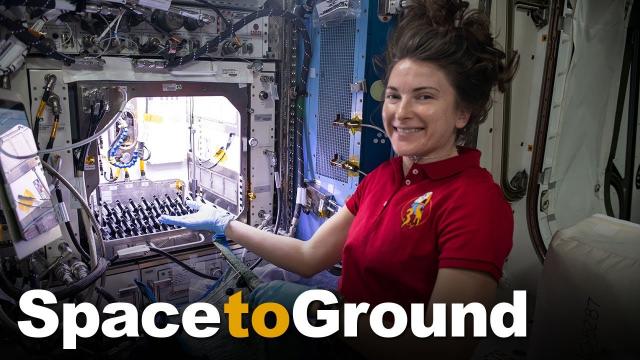
Space to Ground: More to Come: 01/07/2022
Added 292 Views / 0 LikesNASA's Space to Ground is your weekly update on what's happening aboard the International Space Station. Got a question or comment? Use #AskNASA to talk to us.Learn more about the important research being operated on Station:https://www.nasa.gov/iss-scien
-
05:20
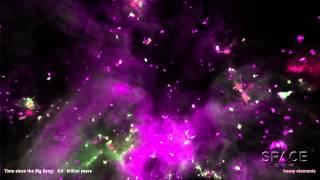
New Simulation Re-Spins the Cosmic Web More Accurately | Video
Added 649 Views / 0 LikesWith the Illustris Simulation, astrophysicists have accurately modeled the correct mix of spiral, elliptical and irregular galaxies to show how all elements more complex than hydrogen or helium got their start. Full Story: http://goo.gl/JGDUmF

